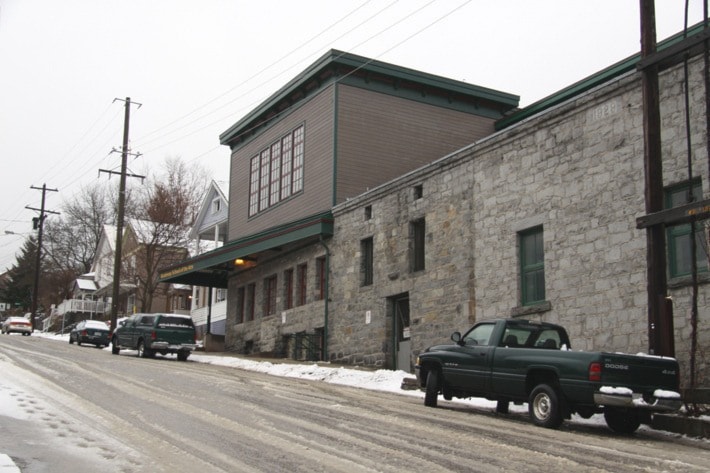Part of the Star’s look back at the top stories of 2012.
Faced with a deficit of more than $1 million, Selkirk College announced cuts that included reducing Nelson’s Kootenay School of the Arts from a two-year diploma program to a one-year certificate program. It affected students taking clay, fibre, and jewelry classes and saw eight of 19 instructors laid off and the rest given much reduced workloads.
“The rationale was based on low second year enrollment,” college spokesman Barry Auliffe. “Too often students enroll for the first year then choose not to continue into second.”
By contrast, he said the school’s metal program has succeeded as a one-year offering.
The move was expected to save $250,000 and came in addition to the loss of second-year university transfer science courses at the Castlegar campus.
Vice-president Neil Coburn said although the college has to balance its budget every year, a new government directive ordered them to find additional savings.
Two-thirds of those savings came in operations and administration, but given the size of the shortfall and the fact 75 per cent of their budget relates directly to student programs and services, he insisted programming changes were unavoidable.
“Courses that have had very low enrollments over a lengthy period are simply not sustainable,” he said. “In these instances, resources are better allocated to programs with student demand and waitlists, and new program opportunities.”
Faculty association president Doug Henderson was “shocked and disappointed” by the cuts. Although he knew the college was in a financial bind, he didn’t expect program reductions. He wondered if the college’s administration cuts went deep enough.
“You always hear ‘Students come first.’ If so, is cutting course offerings the right thing? Or maybe we can’t afford some of the administrators we’ve been hiring.”
Nelson-Creston MLA Michelle Mungall, the NDP’s advanced education critic, said Selkirk’s plight was not unique, and was the direct result of government underfunding.
“This is happening all over,” she said. “Selkirk has faced years of stagnant funding and increased costs. Now they’re facing even more cuts.”
The news was also widely panned by students and alumni. Local potter Lance Hall, who attended KSA in the 1970s when it was a three-year program, said the school might as well close rather than offer a single year.
Second-year jewelry student Kate Enewold, whose parents helped establish KSA, questioned how the condensed curriculum could achieve the same outcomes.
“KSA has contributed to the culture and development of Nelson for over 50 years — it’s doing a lot that’s right and may thrive with some minor re-tuning rather than extreme surgery,” she said.
Over 50 students packed the room when the Selkirk board of governors met to discuss the cuts and implored them not to go ahead, but to no avail.
This year, KSA has 56 fewer students — 164 compared to 220 last year, but the college’s overall numbers are about the same. Enrollment is up in most trades programs and more aboriginal students are also studying there.
